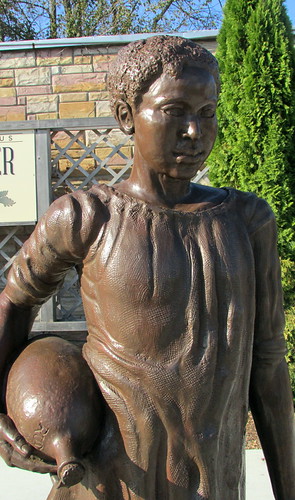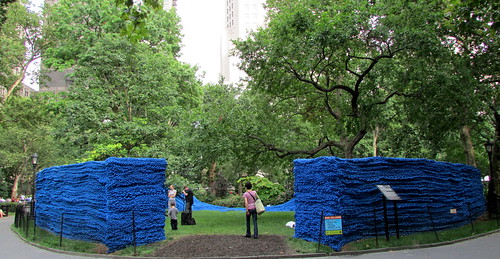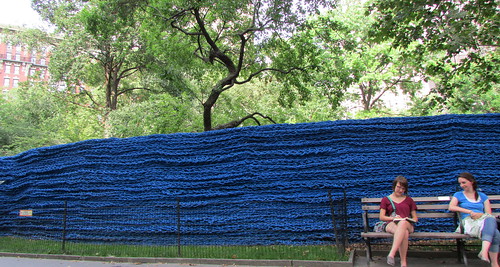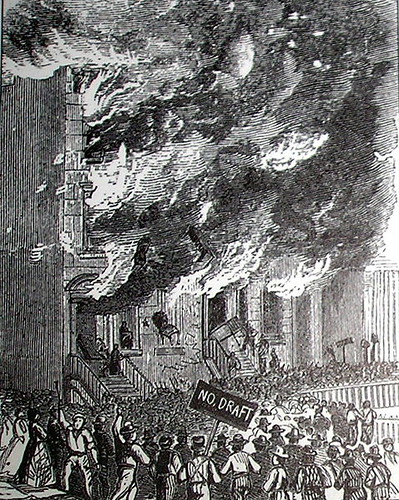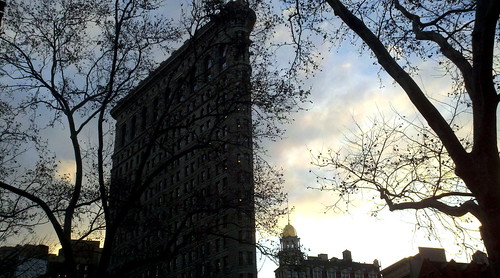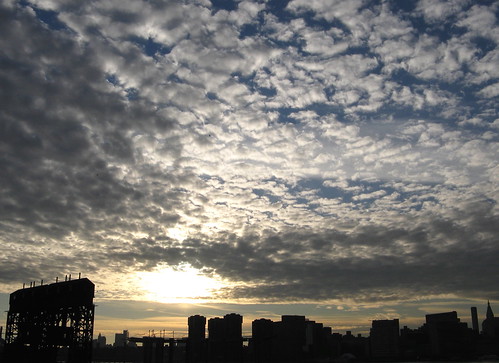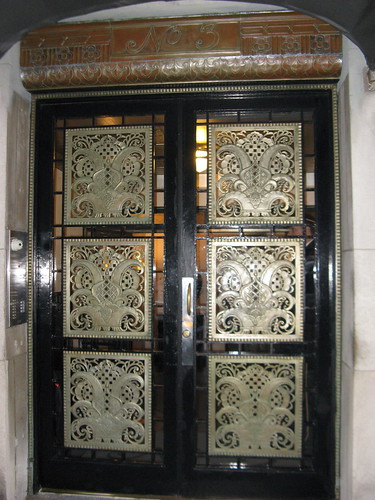History will never be able to restore Sojourner Truth’s childhood to her. When she was a young girl known as Isabella, growing up as a slave in the Hudson Valley, she worked day in and day out for several owners, sustained terrible beatings, and lost almost all her brothers and sisters because slave owners sold them away. Nothing, however, could extinguish her spirit. Finally as a young adult, she escaped by walking out the door in the pre-dawn darkness one morning and trudging many miles, carrying her infant daughter Sophia and only a few belongings. At various times in her life, she spoke of how others had stolen her childhood from her.
After this month, a new bronze memorial statue is sure to mean that others will know much more about what Truth endured as a child. The sculpture in the Town of Esopus, just south of Kingston, will bring attention to the experiences and hardships of her early life as a slave in Ulster County, N.Y. Moreover, its physical presence and qualities will capture the strength and dignity of this young girl who later escaped slavery and became an abolitionist, lifelong activist, and champion of human rights.
The Town of Esopus will unveil the statue in a ceremony on Saturday, Sept. 21, at 2 p.m., at the Sojourner Truth Memorial, located at the corner of Route 9W and Salem Street, Port Ewen. The unveiling caps an ambitious initiative over several years by a dedicated group of Ulster County residents. Truth was born in nearby Rifton around 1897 and grew up as a slave in the Hudson Valley, and this effort aims to increase public knowledge about her beginnings. It also brings home that slavery survived well into the 19th century in New York State. Furthermore, those behind the sculpture intend that it reminds others that children, as well as adults, remain enslaved in parts of the world today.
The goal of the Sojourner Truth Memorial Committee in Esopus “is to draw attention to her early life in Ulster County,” says Anne Gordon, the Ulster County historian who as head of the local committee has played the leading role in this initiative. “Three out of four people say to us, `We had no idea that she was born here.’ “ As the veiling comes off of the statue, so, too, will the covering fall further from a child’s life that unfolded in several Ulster County stone houses and along its lands and roads. As Gordon explains, “We want more of the story to be out, to be acknowledged, and to be correct.”
“I’m so thrilled that we accomplished this,” Gordon says.
The sculpture is the only statue to show a slave child at work, according to Gordon, who has done extensive research on the subject. As such, it will not only memorialize Sojourner Truth’s life but also educate those who see it. As Gordon notes, “Children will be able to see and know, `Yes, children were enslaved here.’ ”
[Read more →]
